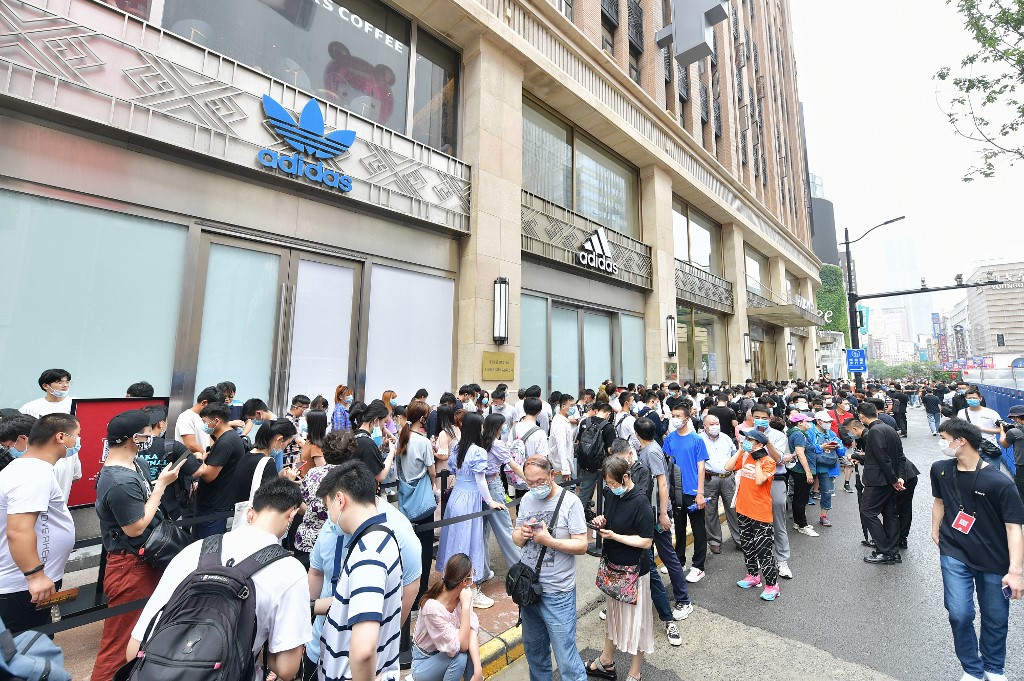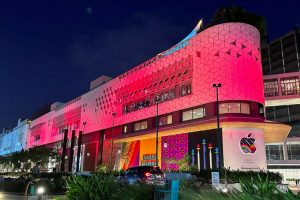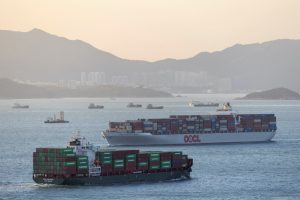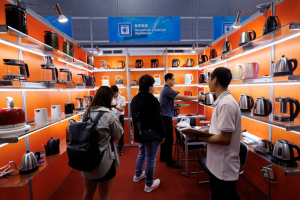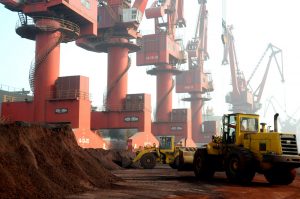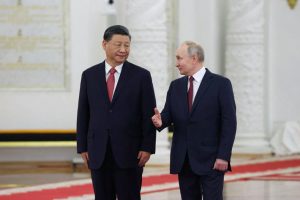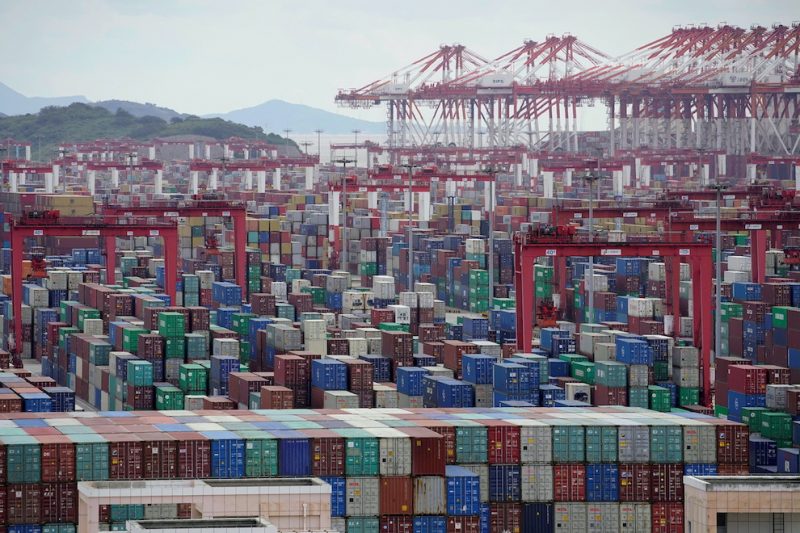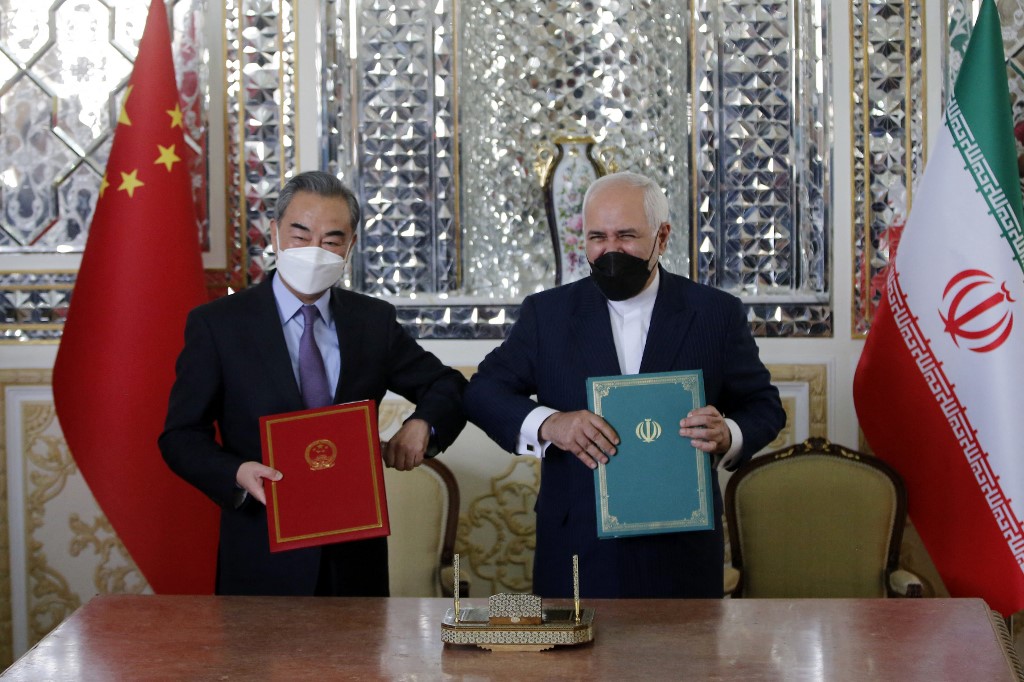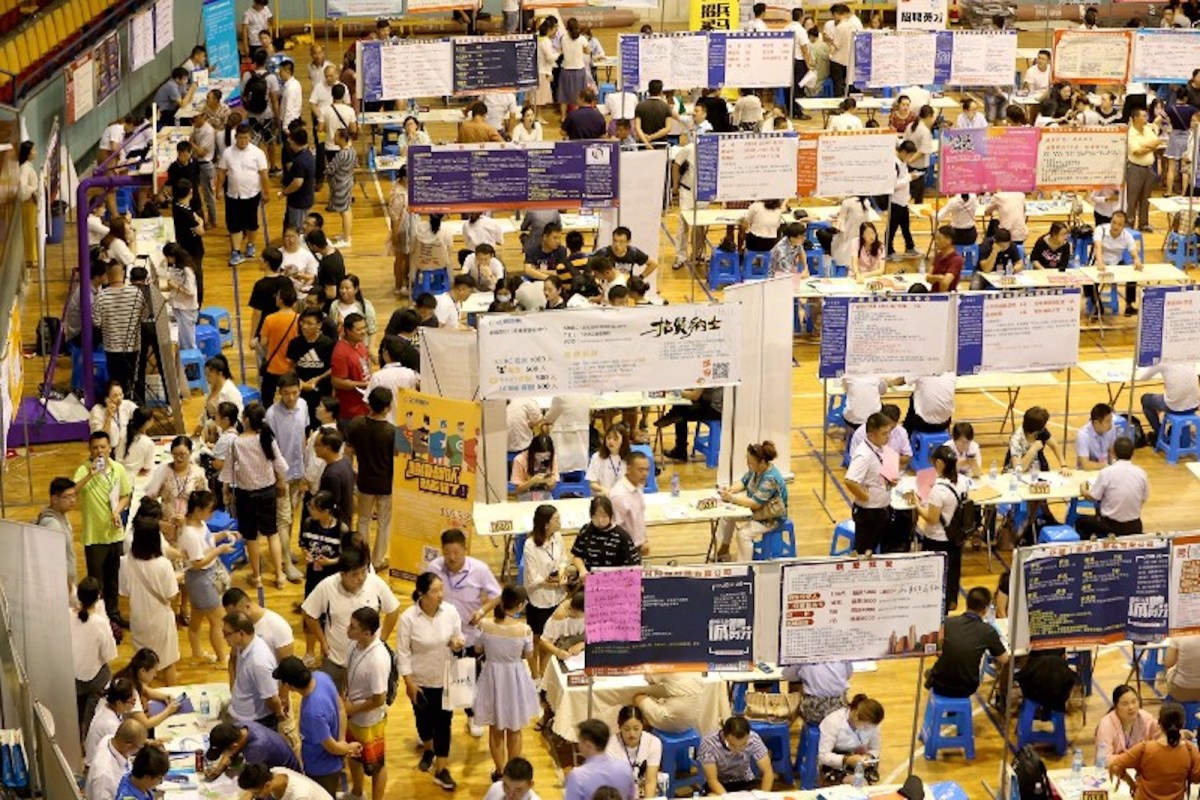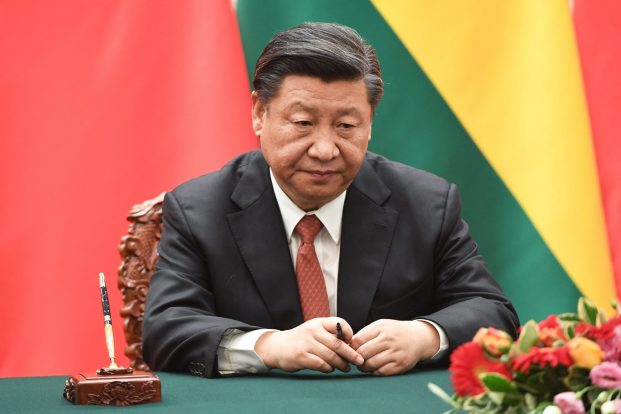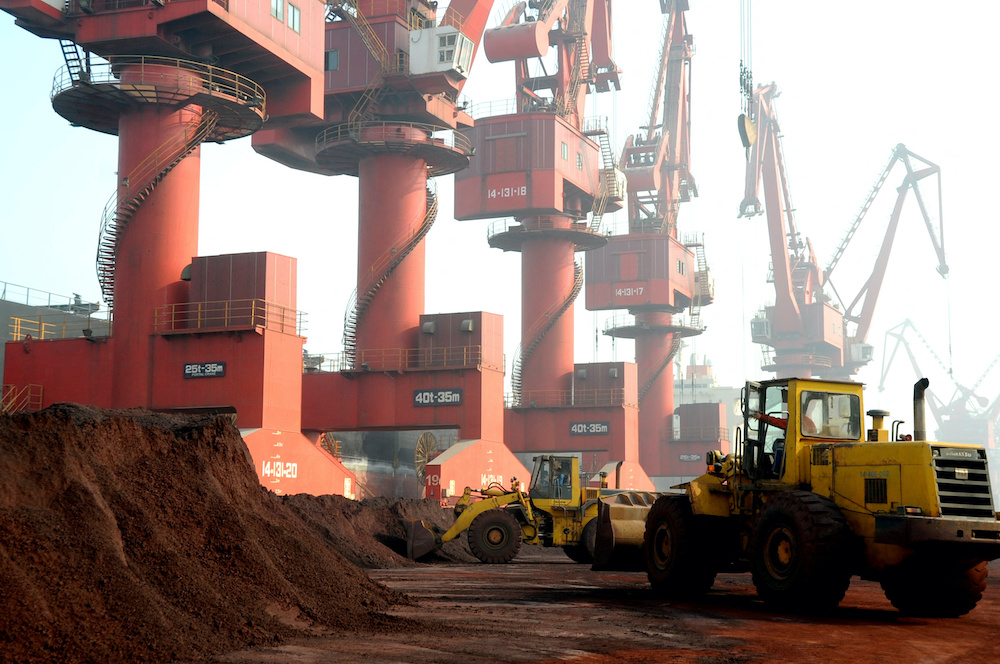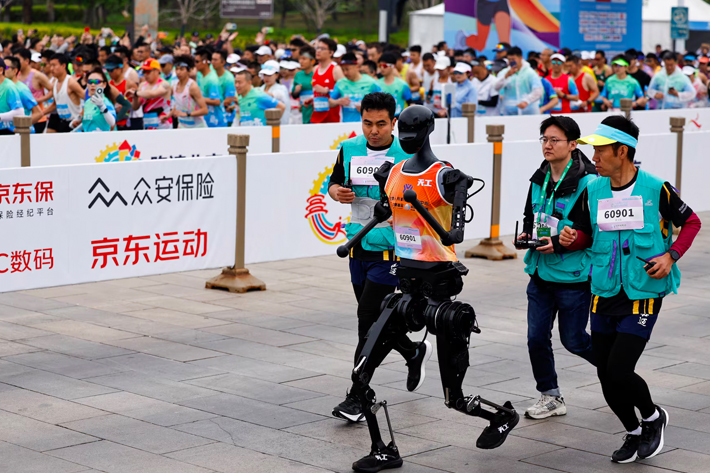(ATF) As experts pore over the details of China’s new five-year economic plan and long-term goals, it has emerged China has come up with a new strategy to achieve one of its core aims – to ramp up its domestic consumer market. Among the goals is a plan to increase the country’s cultural markets is a bid to create “international consumption-centre cities.”
So, what is an international consumption-centre city?
The Central Committee’s proposals for the 14th Five-Year Plan and long-term goals for 2035 passed by the Fifth Plenum recently suggested comprehensively promoting consumption and cultivating cities that can be centres where people can do this.
In the party’s desire to promote consumption and expand domestic demand, the “international consumption centre city” has once again entered the public eye.
Regional central cities and national central hubs are easy to understand. But what kind of cities are international consumer centres?
In fact, this concept appeared in China a few years ago. In 2016, party officials looking to expand tourism, culture, sports, health, and elderly education proposed to “actively cultivate international consumption centres.”
At the beginning of 2019, the Ministry of Commerce proposed a pilot project – to build an “international consumption centre city”, and cities responded quickly.
In October of that year, 14 departments including the Ministry of Commerce jointly issued a document with “Guiding Opinions on Cultivating and Building International Consumption Centre Cities”.
This pointed out that an international consumption centre city is one of the core functions of a modern international metropolis, where people gather and consume resources, and some reach commanding heights in a country’s and even on a global scale. In other words, China plans to build a number of international shopping cities.
The “Guiding Opinions” paper also pointed out that in about five years, cities with good basic conditions, large consumption potential, high levels of internationalisation, and strong local culture will be cultivated and constructed, and a number of domestically-based, world-oriented cities will be formed. They will aim to have “global influence and attractiveness”, Beijing News reported.
The plan will lead to the formation of a number of specialised, characteristic and regional international consumption centres.
So, first-tier cities such as Beijing, Shanghai, Guangzhou, and Shenzhen, as well as major cities such as Chengdu, Tianjin, Wuhan, Xiamen, Qingdao, Dalian, and Harbin, have all been proposed to meet the goal of becoming an international consumer centre city.
Shanghai, Qingdao, Chengdu and ..
Among cities on the mainland, Shanghai has a consumer market that ranks first in terms of scale and quality among the major cities in the country, and it will most likely be the first to achieve this title.
Shanghai is currently formulating a “14th Five-Year Plan for the Construction of an International Trade Centre” – and launching a new three-year action plan for the “Shanghai Shopping” brand.
Hua Yuan, director of the Municipal Commission of Commerce, revealed that Shanghai is studying the higher goal of building an “international consumption centre city”.
Meanwhile, the recently announced “Special Plan for Commercial Networks in Qingdao (2019-2035)” puts forward the goal of “building the northeastern port city into a world-renowned international consumer centre by 2035”. This is the first time that Qingdao, a city of about nine million citizens, has set a deadline for such a goal.
Similarly, Sichuan recently issued policies and announced plans to cultivate an international consumption centre city along with nine regional consumption centre cities within three years.
Under its “7+2” plan, it will support Chengdu and Chongqing as international consumption centre cities, plus Luzhou, Deyang, Mianyang, Leshan, Nanchong, Yibin and Dazhou as regional cities that facilitate shopping and consumption. The two important node cities of Chengdu and Chongqing will have a double-city economic circle, with Suining and Neijiang cultivated as regional centres.
Urban competition
So, these cities have become targets of a new round of urban competition.
There will be an annual ranking of total retail sales of social consumer goods, showing the relative level of urban spending power. This will be an issue of competition as it will measure officials’ success in following the plan.
For example, in 2019, the top 10 cities for total retail sales of consumer goods were Shanghai, Beijing, Guangzhou, Chongqing, Chengdu, Wuhan, Shenzhen, Hangzhou, Nanjing, and Suzhou.
Shanghai and Beijing were the top two, and last year their total retail sales of consumer goods exceeded 1 trillion yuan each. Guangzhou, which came third had retail sales of 997.559 billion yuan.
From the perspective of the growth rate of total retail sales of consumer goods, Shenyang, Guangzhou, Changsha, Chengdu, and Fuzhou were the top five. The spending power of these cities cannot be underestimated, and the potential for fostering consumer centres in these cities also seems likely in the future.
More than giant ‘shopping centres’
For citizens, the international consumption centre city means that there are a series of exciting “meals” on the table.
However, the significance of an international consumer centre city is not just shopping.
In addition to its own strong “consumer power”, the best of these cities should play a huge role in expanding and leading consumption, promoting the upgrading of industrial structure, and driving economic growth.
Under the new “dual cycle” of China’s new development pattern, expanding domestic demand has become a top strategic priority. In this context, it is very important to cultivate an international consumption centre city and play a role as a “leading” city.
So, consumption will be a key feature during the period of the “14th Five-Year Plan” (up to 2025), as it will be the main driving force of national economic growth.
The Beijing News be predicted that in less than give years, some of the above-mentioned cities will stand out from the competition and play key roles in the country’s development.
Of course, what this all means in environmental terms, well, that’s something different altogether.




